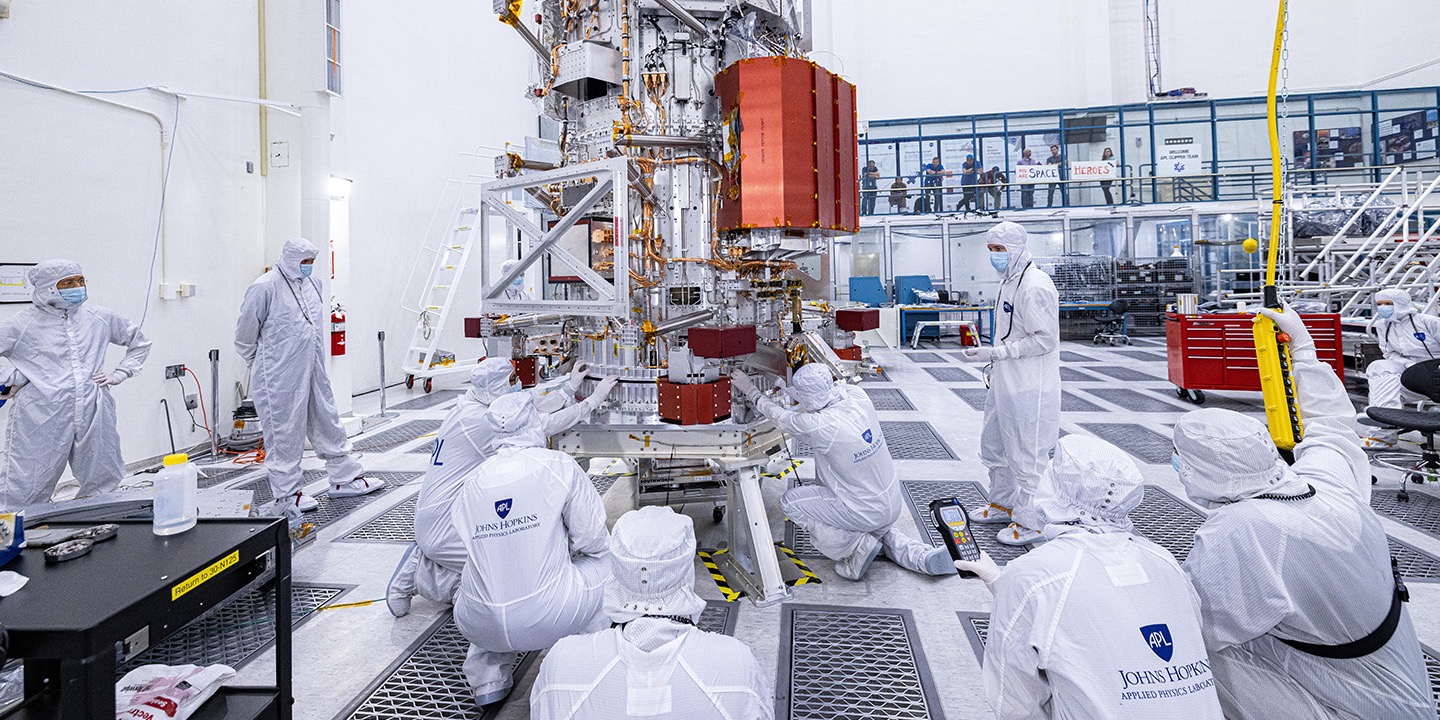
When a spacecraft lands on Mars or slams into an asteroid millions of miles away, chances are it came from one of two labs: the Caltech Jet Propulsion Laboratory or the Johns Hopkins Applied Physics Laboratory. NASA may be the face of American space exploration, but behind that iconic logo are world-class research centers shaping how we reach, explore, and understand the cosmos. JPL and APL are two of the most influential.
Though they often collaborate with NASA, JPL and APL operate independently, and bring very different strengths to the table. Each has a distinct mission, culture, and approach to technology, but both are vital to advancing space science.
“JPL is where Mars becomes local,” said Dr. Farah Alibay, an aerospace engineer at JPL. “It’s about taking complex systems and making them reliable enough to land on another planet.”
JPL: The architect of planetary ambitions
Located in Pasadena, California, and managed by Caltech for NASA, JPL is NASA’s go-to lab for robotic planetary exploration. From the Voyager missions launched in the 1970s, to the ongoing work of the Curiosity and Perseverance rovers on Mars, JPL has been the brain behind some of humanity’s most iconic ventures into the solar system.
JPL specializes in entry, descent, and landing systems, deep space communications via the Deep Space Network, and building spacecraft that can operate autonomously on distant worlds. Missions like Europa Clipper and Psyche continue that tradition of ambitious, long-range exploration.
“What sets JPL apart is its methodical engineering culture – it’s about building systems that can last years in deep space with zero room for error,” said one former NASA mission lead.
APL: The space wildcard with a high success rate
In contrast, APL is a University Affiliated Research Center operated by Johns Hopkins University in Laurel, Maryland. With clients that range from NASA to the Department of Defense, APL thrives at the intersection of cutting-edge research, planetary defense, and rapid innovation.
APL was behind New Horizons, the first mission to explore Pluto and the Kuiper Belt. It’s also the home of the Parker Solar Probe, which is currently returning data from inside the Sun’s corona, giving scientists the closest-ever look at our star. More recently, the Double Asteroid Redirection Test, or DART, became the first successful demonstration of asteroid redirection and a proof-of-concept for planetary defense.
“APL isn’t afraid to push boundaries. We take risks others won’t because that’s often where discovery lies,” said Dr. Elena Adams, systems engineer for DART.
As of summer 2025, APL is developing new mission architecture for Dragonfly, a drone-like lander headed to Saturn’s moon Titan. The lab is also exploring follow-up concepts to DART as part of NASA’s planetary defense roadmap.
Key differences: Mission philosophy and risk tolerance
While both labs are deeply scientific and technically brilliant, the biggest difference lies in mission profile and operational philosophy.
JPL typically handles flagship-class missions with billion-dollar budgets and long development cycles. These missions are meant to endure and survive harsh planetary environments for years, returning high volumes of data.
APL, on the other hand, is often selected for fast-turnaround, high-risk/high-reward missions, frequently involving new technology demonstrations or untested science frontiers.
This difference plays out in their cultures too: JPL is known for its methodical, process-driven engineering. APL, by contrast, leans toward agile development and experimental design.
Complementary, not competitive
Together, JPL and APL represent the yin and yang of American space science. One isn’t better than the other – they’re both indispensable. Whether it’s landing a rover on Mars or deflecting an asteroid in deep space, their work defines what’s possible.
“These labs aren’t in competition – they’re completing the picture,” said former NASA Administrator Bill Nelson. “JPL gives us eyes on other worlds. APL helps us protect this one.”
As we enter a new era of lunar bases, asteroid mining, and eventual Mars habitation, it may be the combined strengths of JPL and APL that write the next chapter of human spaceflight, and redefine humanity’s place in the cosmos.
FTC: We use income earning auto affiliate links. More.




Comments